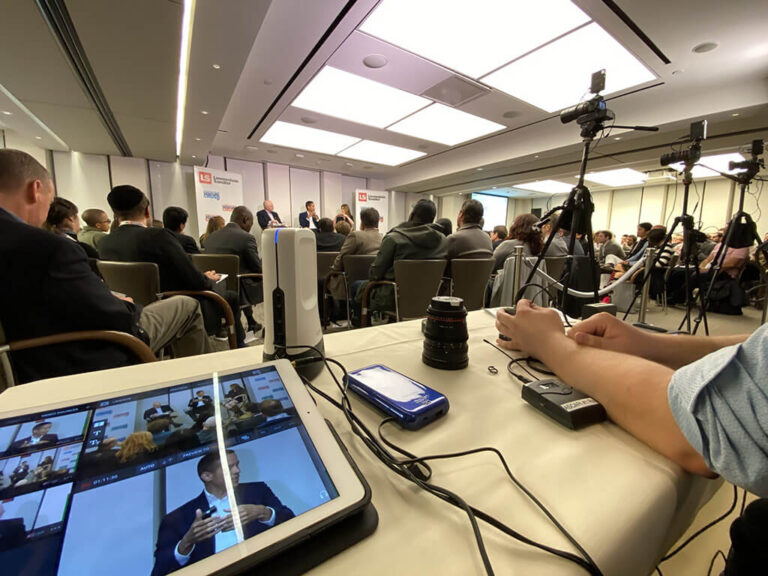Illuminating the Influence of Lighting Methods on the Craft of Video Projections Mapping
Illuminating the Influence of Lighting Methods on the Craft of Video Projections Mapping
Blog Article
Video mapping mapping is an innovative art medium that combines tech and innovation to transform common surfaces into remarkable visual displays. This method involves casting images and footage onto three-dimensional elements, such as structures, sculptures, or platforms. One of the most crucial factors in producing successful mapping in the use of effective illumination techniques. Proper illumination improves the aesthetic elements of the display and ensures that the visuals are clear and captivating. This article examines the impact of illumination techniques on motion projection and how they can enhance the overall encounter.
Illumination plays a vital part in video mapping because it sets the mood and tone of the display. Different lighting techniques can elicit various feelings and responses from the viewers. For example, using gentle, cozy illumination can create a welcoming environment, while bright, cold illumination may create a more dynamic or dramatic effect. By thoughtfully choosing illumination colors and intensities, artists can manipulate how audience interpret the displayed images, leading to a more engaging encounter. The equilibrium between mapping luminance and ambient light is essential, as it can greatly impact the clarity and impact of the visuals.
In addition, color and intensity, the angle of light also influences the effectiveness of projection. Lighting from different angles can create shadows and highlights that add depth to the projected images. This method, known as light and shadow, can improve the 3D quality of the objects being projected. Additionally, using dynamic illumination can introduce thematic projection mapping energy to the display, making the experience more engaging for the audience. When the light collides with the projected visuals, it can create an illusion of movement and transformation, capturing the viewers' focus.
Another important element of illumination in projection is the use of special effects. Techniques such as gobo illumination, which employs shapes and forms to filter light, can introduce texture and complexity to the projections. This method allows creators to superimpose images and create visually stunning effects that enhance the projection. Moreover, adding laser lights or light-emitting diode lights can further enhance the display, offering a unique blend of visual elements that draw the audience in. These special effects, when used thoughtfully, can elevate the projection beyond a simple display to an engaging piece of creativity.
In summary, the influence of lighting methods on video projection is profound. By understanding how different lighting elements interact with mapped visuals, creators can create captivating encounters that connect with audience. The thoughtful choosing of color, intensity, direction, and special effects allows for a rich tapestry of visual storytelling. As technology Click This Link continues to grow, the possibilities for creative expression in mapping will only grow, making illumination an increasingly vital aspect in this progressive creative medium.